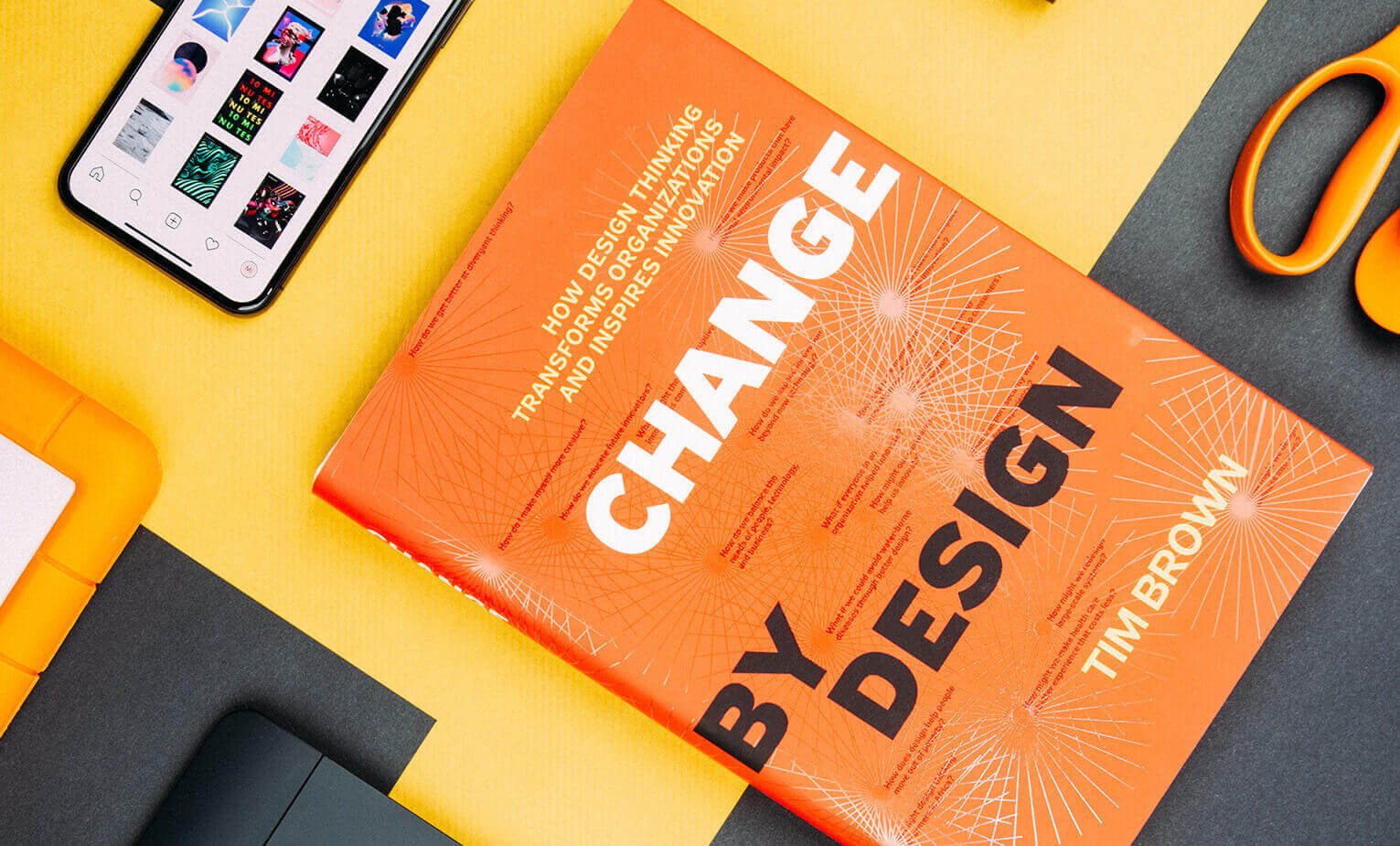When most businesses think of technology investments, they usually think of features, speed, or infrastructure. But what often gets overlooked is the one thing that users interact with most: the experience. A clean interface and a smart layout aren’t just nice-to-haves, they’re often the deciding factor between a product people love and one they leave.
Now today, our attention spans are short and options are endless, user experience (UX) has become one of the most underrated but highest-return investments you can make in your product or website.
The Hidden Cost of Bad UX
Let’s be honest: bad UX is expensive. It costs you in ways that don’t always show up in budget sheets, higher bounce rates, abandoned carts, confused users, and missed conversions.
Studies show that 88% of online consumers are less likely to return to a site after a poor experience. That’s a massive chunk of potential business lost, not because of pricing or features, but because the experience didn’t click.
Whether it’s a confusing navigation bar, a slow-loading interface, or a checkout process that feels like a maze, friction kills momentum and trust.
Good UX Isn’t Just Design — It’s Strategy
A solid UX design is about more than aesthetics. It’s about guiding users through an experience that feels easy, logical, and, ideally, delightful. Every button, scroll, and transition is an opportunity to build confidence.
Great UX:
- Anticipates what the user needs next
- Minimizes effort and confusion
- Builds credibility through clarity
- Moves users toward a specific goal (signup, purchase, booking, etc.)
Think of UX as your silent salesman, one who’s available 24/7 and either closes or loses every deal.
Why It Matters More for Startups and Scale-Ups
When you’re working with limited resources or racing against time, it’s tempting to deprioritize UX in favor of “getting it live.” But here’s the thing: launching fast doesn’t mean launching sloppy.
For startups and growing brands, UX is a competitive edge. It can be the reason someone picks your product over a better-funded rival. It can also reduce support queries, improve retention, and drive word-of-mouth, all things that save or make money long term.
How Ripple Minds Approaches UX Design
At Ripple Minds, UX isn’t a layer we add at the end,it’s the foundation. We don’t just ask what users want. We dig into how they think, what they expect, and where they drop off. Then we use those insights to design experiences that make sense and move people.
Our team brings design, development, and content together from day one, so nothing gets lost in translation. The result? Interfaces that don’t just look good, but work hard.
Final Thought
In the end, technology isn’t just about what your product can do. It’s about how it makes people feel when they use it. And that feeling starts with UX.
If you're building something new or rethinking something old, don’t treat UX as an afterthought. It’s your best chance to stand out, stay relevant, and succeed.


